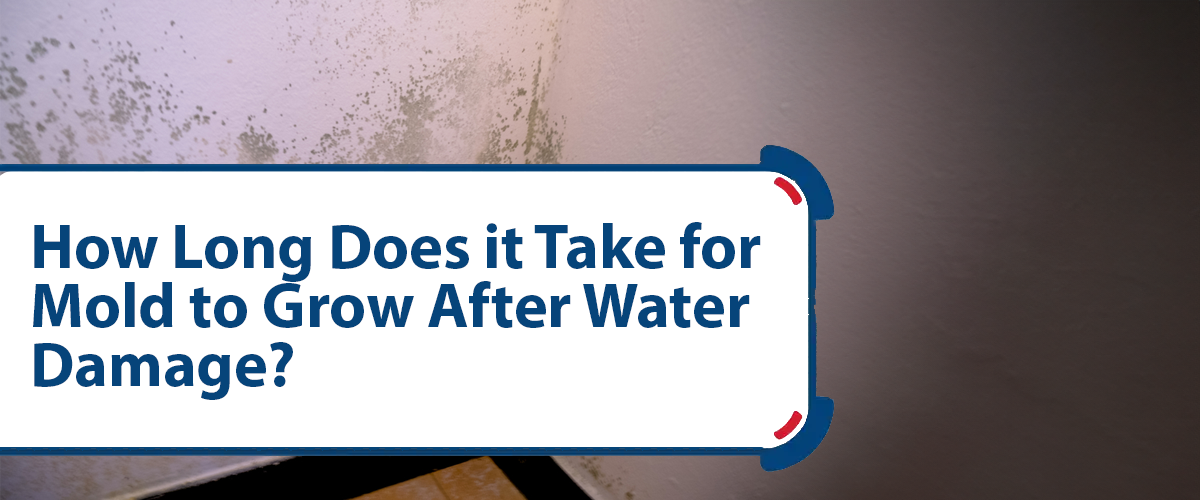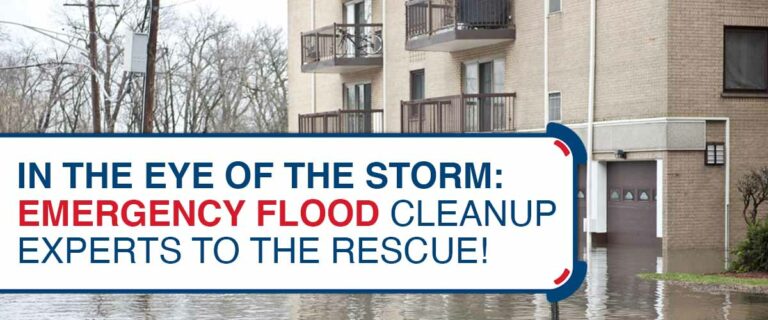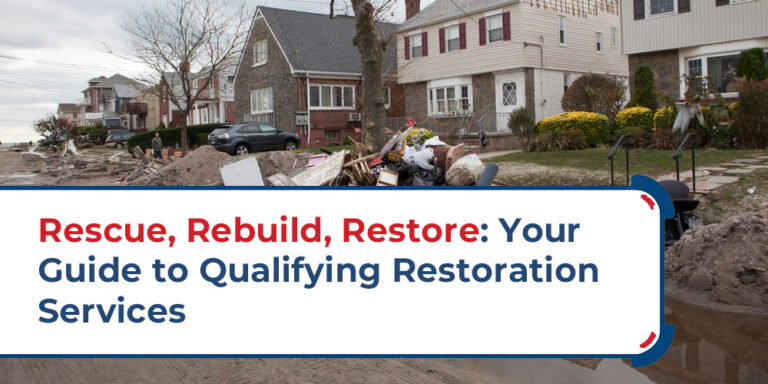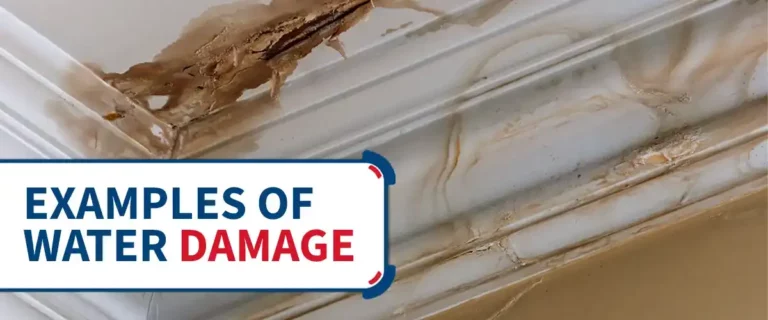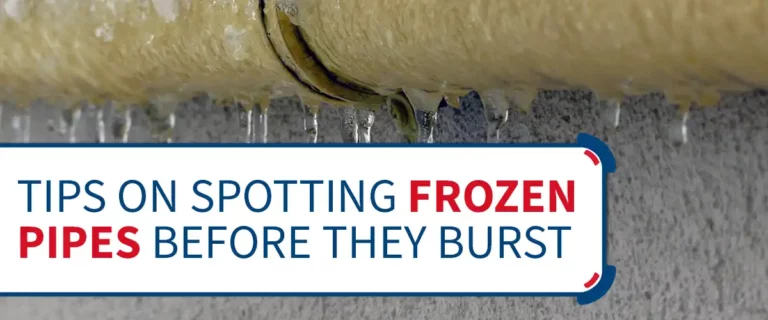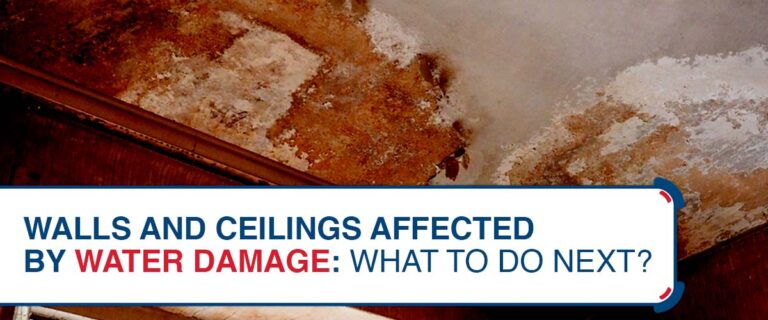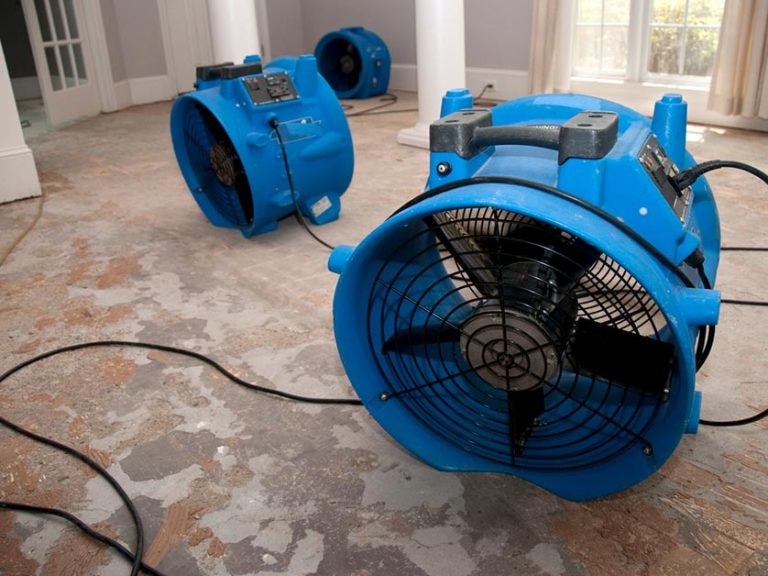How Long Does it Take for Mold to Grow After Water Damage?
Water damage is a homeowner’s worst nightmare. Water damage, whether from a burst pipe, roof leak, or flooding, can impose financial and emotional burdens in its aftermath. One of the most insidious consequences of water damage is mold growth. Mold can develop quickly after water damage, and its presence can have profound health implications for you and your family.
In this article, we will explore the factors that influence how quickly mold can grow after water damage, the potential health hazards related to mold exposure, and the steps you can take to stop and eliminate mold growth in your home.
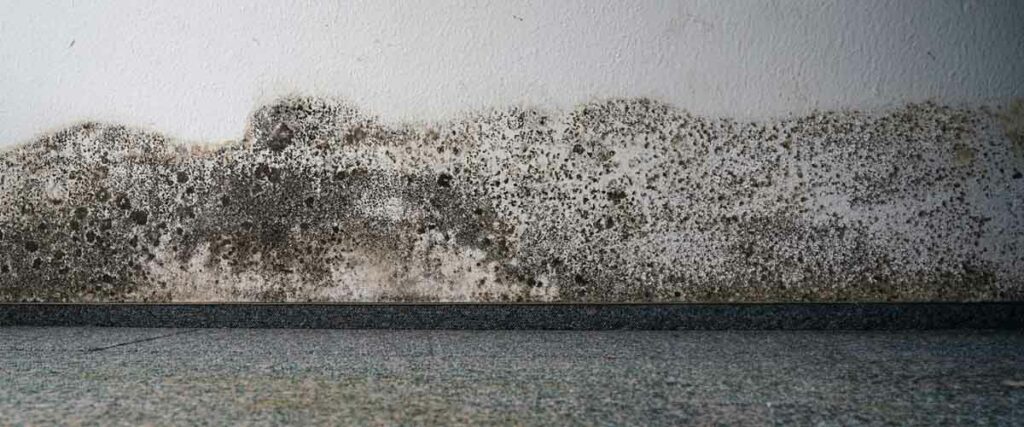
Understanding the Mold Growth Process
Before we delve into the timeline of mold growth, it’s essential to understand how and why mold thrives in moist environments. Mold is a fungus that reproduces by releasing tiny spores into the air. These spores are present virtually everywhere, both indoors and outdoors. When they land on a damp surface with organic materials like wood, paper, or drywall, they can begin to grow and form colonies.
Mold spores are present in the air all around us, but they need the conditions to grow and multiply. These conditions typically include:
A. Moisture:
Mold needs moisture to grow. When water damage occurs in your home, it provides an ideal breeding ground for mold. This can be due to leaks, floods, or high humidity.
B. Warmth:
Mold prefers temperatures between 77°F (25°C) and 86°F (30°C). While mold can grow in more excellent conditions, it thrives in warmer environments.
C. Nutrients:
Mold requires organic materials to feed on. Common household materials like wood, drywall, and fabric can provide the nutrients mold needs to grow and spread.
D. Darkness:
While mold can grow in the light, it often prefers dark, hidden areas where it can thrive undisturbed. Given these ideal conditions, acting quickly after water damage is crucial to prevent mold growth.

How Soon Does Mold Start Growing?
The timeline for mold growth after water damage can vary depending on several factors, such as the extent of the damage, the kinds of materials that were impacted, and environmental conditions. In some cases, mold can develop within 24 to 48 hours after the initial water exposure. However, it may take longer in other situations. Here’s a rough breakdown of how mold growth typically progresses:
A. Within 24-48 Hours:
In the first day or two after water damage, you may see signs of mold growth, especially in heavily saturated areas. This initial growth may appear as small patches or spots.
B. Within 1-2 Weeks:
If the moisture problem persists and conditions remain favorable, mold can spread rapidly. Within one to two weeks, you may notice larger and more widespread mold growth. It can appear as fuzzy patches, discoloration, or even a musty odor.
C. Beyond 2 Weeks:
Failure to promptly repair water damage can lead to severe mold infestations. Beyond two weeks, mold can penetrate deeper into porous materials, making removal and remediation more challenging.
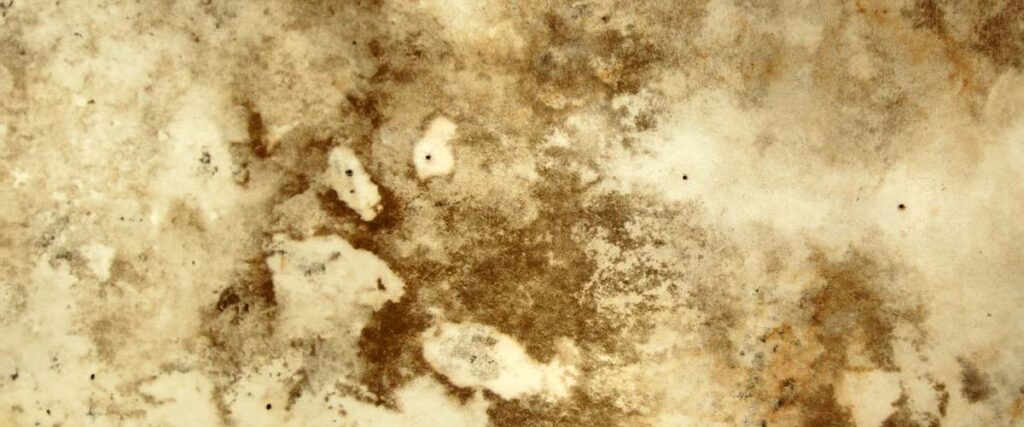
Factors Influencing Mold Growth
Several factors can influence the speed and extent of mold growth after water damage:
A. Type of Water:
The source of water damage can impact mold growth. Clean water from a broken supply line may result in slower mold development compared to contaminated water from sewage backups.
B. Humidity:
High humidity levels can promote mold growth even in the absence of a major water incident. Maintaining proper indoor humidity levels (ideally below 50%) is essential in preventing mold.
C. Temperature:
As mentioned earlier, mold prefers warmer temperatures. Colder environments may slow down mold growth, but it won’t necessarily prevent it.
D. Ventilation and Airflow:
Good ventilation and airflow can help dry out affected areas faster, reducing the chances of mold growth.
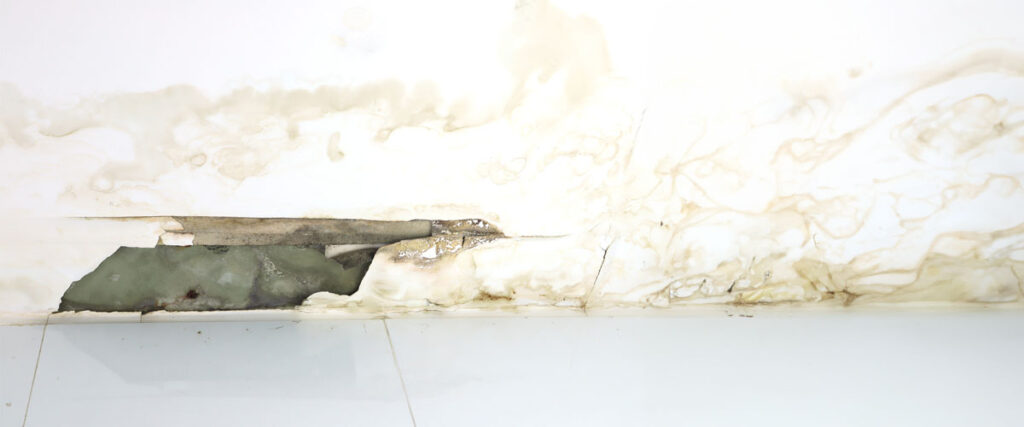
Preventing Mold Growth After Water Damage
To maintain a better living environment, you can learn how to stop mold formation after water damage. Here are some steps to take:
A. Act Quickly:
The most effective method to stop mold formation is to promptly address water damage. Eliminate any standing water, dry out the afflicted areas, and throw away damaged materials that are beyond repair where molds can grow.
B. Use Dehumidifiers:
Dehumidifiers can help lower indoor humidity levels, making it less favorable for mold to grow.
C. Ventilation:
Ensure good airflow by using fans and opening windows. This helps moisture evaporate more quickly.
D. Professional Help:
In severe cases or when you’re unsure about the extent of damage, consider hiring professionals experienced in removing the molds and water damage cleanup in Overland Park.
E. Protective Gear:
When cleaning up mold, wear the proper safety equipment, such as gloves and a mask, to prevent exposure to mold spores.
F. Prevent Future Leaks:
Fix any leaks or sources of water damage to prevent future occurrences.
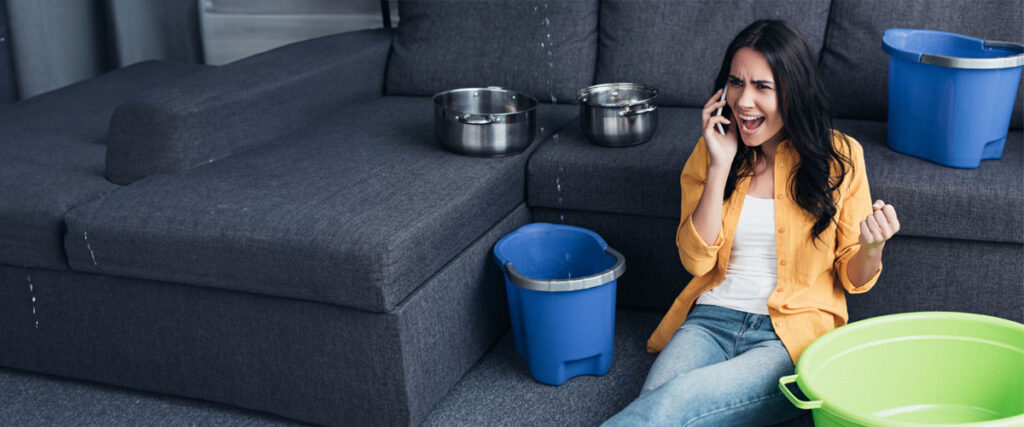
Don’t Let Mold Crash Your Party!
Water damage can be a distressing experience, and the threat of mold growth makes it even more problematic. Understanding the factors influencing mold growth and taking swift action to address water damage is essential for preventing mold infestations. By acting quickly, controlling humidity, and maintaining a dry environment, you can reduce the risk of mold taking hold in your home, ensuring a better and healthier living environment for you and your loved ones.
When faced with such challenges, it’s also a good idea to consider professional assistance from water damage companies in Overland Park to ensure a thorough and effective mitigation process. Remember that prevention, swift response, and expert guidance are your best allies when it comes to water damage and mold.
Resources:
- Mold After a Disaster – https://www.cdc.gov/disasters/mold/index.html
- Wear Proper Gear When Checking Molds – https://www.cdc.gov/disasters/videos/social-media/psas-videos/wear_proper_gear.html
- Basic Facts about Mold and Dampness – https://www.cdc.gov/mold/faqs.htm
- Mold Growth- https://energyresearch.ucf.edu/consumer/buildings/building-science-basics/mold-growth/


